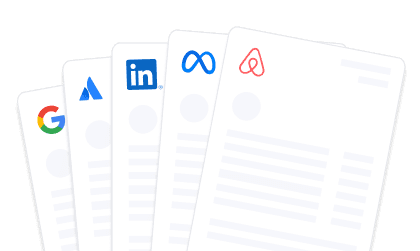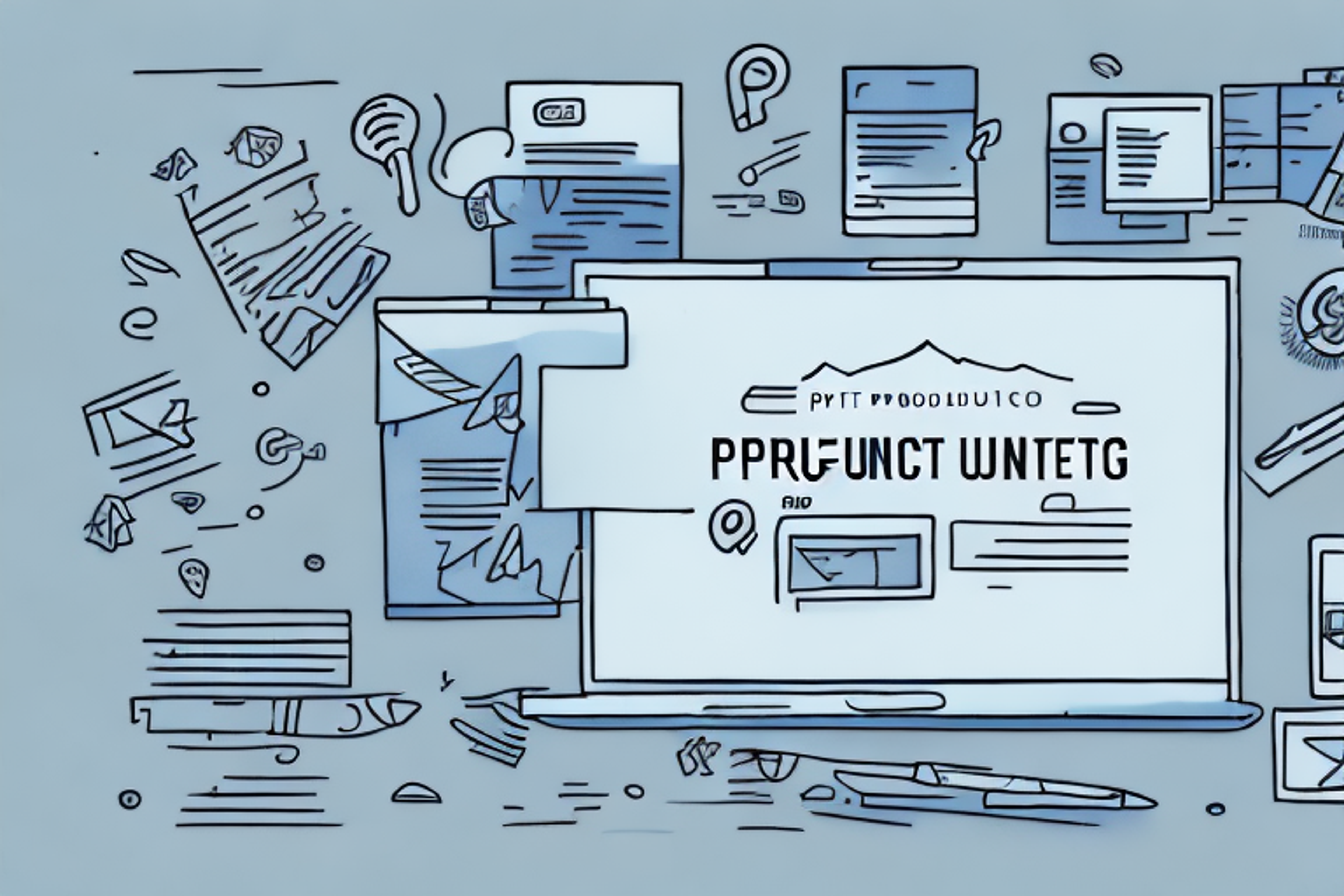Top User Research Software: A Comprehensive Guide for Product Managers
Discover the best user research software available in the market with our comprehensive guide designed for product managers.
Posted May 15, 2023

Table of Contents
As a product manager, your goal is to create products that meet customer needs and exceed expectations. User research software can help you achieve this by gathering insights directly from users, allowing you to create products that are tailored specifically to their needs. In this comprehensive guide, we will explore what user research software is, its benefits, key features to look for, how to choose the right software for your team, the top user research software on the market today, and much more.
What is User Research Software and Why Do Product Managers Need It?
User research software allows product managers to collect data about the behavior, preferences, and opinions of their target users. This data is then used to develop products that are better suited to the needs of the user, ultimately leading to higher rates of user satisfaction and a better return on investment. User research software can help product managers answer questions about the usability, function, and overall appeal of their products.
One of the key benefits of user research software is that it allows product managers to gather data in a more efficient and cost-effective manner. Traditional methods of user research, such as focus groups and surveys, can be time-consuming and expensive. User research software, on the other hand, can automate many aspects of the research process, allowing product managers to collect data from a larger sample size in a shorter amount of time. Additionally, user research software can provide real-time feedback, allowing product managers to make adjustments to their products on the fly based on user feedback.
Benefits of Using User Research Software for Product Development
By using user research software, product managers can better understand their target users and their needs. This allows them to create products that are more intuitive, user-friendly, and appealing. Other benefits of user research software include reducing the time and cost of testing, offering more accurate feedback, and identifying potential usability issues earlier in the development process.
Another benefit of using user research software is that it allows product managers to gather data on user behavior and preferences. This data can be used to inform future product development decisions and improve the overall user experience. Additionally, user research software can help product managers stay up-to-date with industry trends and best practices, ensuring that their products remain competitive in the market.
Furthermore, user research software can facilitate collaboration between product teams and stakeholders. By providing a centralized platform for sharing and analyzing user data, product managers can ensure that everyone involved in the development process is on the same page. This can lead to more efficient decision-making and a smoother product development process overall.
Key Features to Look for in User Research Software
When choosing user research software, there are several key features to consider. These include the ability to conduct user testing, gather analytics data, capture user feedback, and facilitate collaboration. Additionally, it is important to consider the software's compatibility with other tools, ease of use, and security features.
Another important feature to consider when choosing user research software is the ability to customize surveys and questionnaires. This allows researchers to tailor their questions to specific user groups and gather more targeted feedback. Additionally, the software should offer a variety of question types, such as multiple choice, open-ended, and rating scales, to ensure that researchers can gather a range of data. Customization options also extend to the visual design of surveys, allowing researchers to create a cohesive and professional-looking experience for users.
How to Choose the Right User Research Software for Your Product Team
Choosing the right user research software can be a daunting task. To ensure you make the right choice, it is important to consider the unique needs of your product team, the type of research you will be conducting, and the features that are most important to your team. It is also important to consider your budget and any training or support that may be necessary.
Another important factor to consider when choosing user research software is the level of security and privacy it provides. If your team will be handling sensitive user data, it is crucial to choose a software that has strong security measures in place to protect that data. Look for software that offers encryption, two-factor authentication, and regular security updates. Additionally, make sure the software complies with any relevant data protection regulations, such as GDPR or CCPA.
Top User Research Software on the Market Today
There are many user research software options available on the market today. Some of the top options include UserTesting, Optimal Workshop, Usabilla, and Validately. Each of these software options offers unique features and benefits, making them ideal for different types of user research.
UserTesting is a popular option for remote user testing, allowing researchers to gather feedback from users around the world. Optimal Workshop offers a suite of tools for conducting various types of user research, including card sorting and tree testing. Usabilla specializes in gathering feedback on website and app designs, with features such as heat maps and user surveys. Validately offers a range of research methods, including moderated and unmoderated testing, as well as tools for analyzing and sharing research findings.
Pros and Cons of Each User Research Software
Each user research software option has its own set of pros and cons. For example, UserTesting is great for remote testing, but can be expensive. Meanwhile, Validately offers affordable options, but lacks some of the advanced features of other software options. It is important to carefully weigh the pros and cons of each option before making a final decision.
Another important factor to consider when choosing a user research software is the level of support provided by the company. Some software options offer extensive support, including training and dedicated account managers, while others may only offer basic technical support. Additionally, the ease of use and user interface of the software can greatly impact the efficiency and effectiveness of your research. It is recommended to test out a few different options and gather feedback from your team before making a final decision.
Case Studies of Successful Product Development with User Research Software
There are numerous case studies that illustrate the success that can be achieved with user research software. For example, Microsoft used user research software to design their flagship operating systems, resulting in a product that is highly user-friendly. Additionally, Airbnb uses user research software to better understand their users, resulting in an entire business model centered around the needs and preferences of their users.
Another example of successful product development with user research software is the fitness tracking app, Strava. Strava used user research software to gather feedback from their users and improve their app's features and functionality. As a result, Strava has become one of the most popular fitness tracking apps on the market, with millions of users worldwide.
Best Practices for Using User Research Software Effectively
To ensure the best results, it is important to follow best practices when using user research software. These include clearly defining the goals of your research, planning your research strategy carefully, recruiting the right participants, and analyzing your results carefully. It is also important to maintain open lines of communication and collaboration with all team members throughout the research process.
Another important best practice for using user research software effectively is to ensure that you are using the right tools for the job. There are many different types of user research software available, each with its own strengths and weaknesses. It is important to carefully evaluate your options and choose the software that best meets your needs.
Finally, it is important to keep in mind that user research is an ongoing process. Even after you have completed your initial research, it is important to continue gathering feedback and making improvements based on that feedback. By staying engaged with your users and continually refining your approach, you can ensure that your products and services remain relevant and effective over time.
Tips for Implementing User Research Software into Your Product Development Process
Implementing user research software into your product development process can be a challenge. To make the process smoother, it is important to carefully plan the implementation process, offer adequate training, and involve all team members in the process. Additionally, it is important to be flexible and open to change, as using a new software may require adjustments to your existing processes.
How to Train Your Team to Use User Research Software
Training is an important part of implementing new user research software. To effectively train your team, it is important to clearly communicate the goals and benefits of the software, walk team members through the software's features and capabilities, and provide opportunities for hands-on practice. Ongoing support and training should also be provided to ensure continued success.
Future Trends in User Research Software for Product Managers to Watch Out For
As technology continues to evolve, new trends in user research software are emerging. These include the use of artificial intelligence and machine learning to simplify data analysis, the incorporation of virtual and augmented reality for user testing, and the use of voice-activated technology for data collection. Product managers should stay aware of these trends to be prepared for the future of user research.
By following the information and guidance provided in this comprehensive guide, product managers can effectively choose, implement, and use user research software to improve their product development process and create products that best meet the needs of their target users.



















